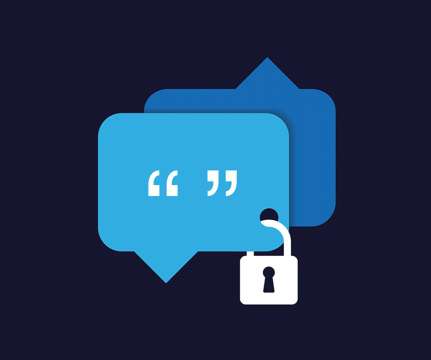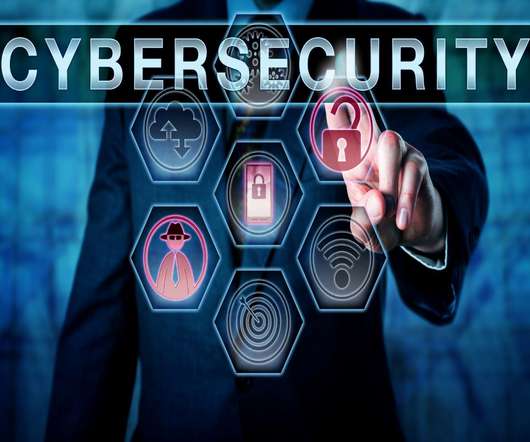5 Cyber Security Threats to SMEs, and How Software Development Services Can Help
KitelyTech
JANUARY 11, 2019
Examples of malware include spyware, Trojans, adware, ransomware and bots. Businesses should also ensure that their anti-virus software, operating systems, firmware and firewalls are up-to-date. Poor knowledge of cybersecurity.















Let's personalize your content